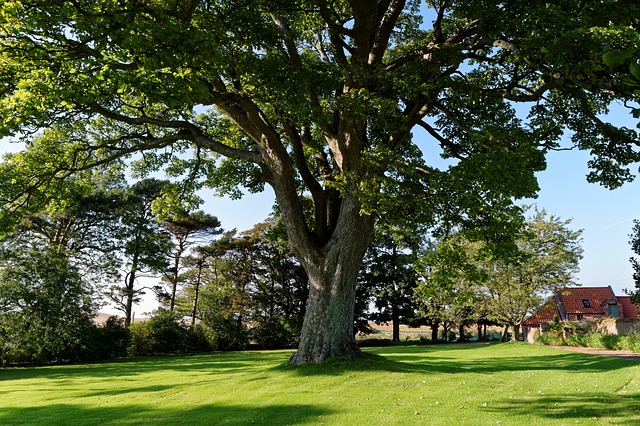
There exists a good amount of vacant land in many cities across the United States. These vacant properties have engendered a debate about what should be done with this idle land. Some people in these communities promote converting these vacant properties into community gardens.
At the other end of the spectrum are communities in the United States that have what best can be described as land shortages. In these cities, there exists a cadre of people who advocate for the elimination of community gardens that do exist. These individuals maintain that with land shortages, a better use can be made of property currently dedicated to community gardens.
As this debate carries on, a question has arisen as to whether and how community gardens enhance neighboring property values. Research and analysis that has resulted in specific empirical data on the impact of community gardens on neighboring property values is somewhat limited. With that said, the Real Estate Economics Journal has embarked on a process of estimating the impact of community gardens on neighborhood property values.
Specifically, the Real Estate Economics Journal has turned to the experience of New York City in regard to community gardens and property values. New York City is a municipality with a longer and broader history with community gardens. Technically speaking, the researchers behind this important article on the impact of community gardens on neighboring property values utilized data obtained via the New York City experience and applied a difference-in-difference specification of a hedonic regression model. In layperson’s terms, they took the New York data and made educated conclusions about how community gardens likely impact property values across a broad geographic spectrum.
The specifics of the impact of community gardens on neighboring property values will be discussed in greater detail shortly. However, the analysis presented in the Real Estate Economics Journal reveals a number of key points.
First, community gardens generally do have a positive impact on property values.
Second, the greatest improvement in property values when a community garden is introduced into an area is in poorer neighborhoods.
Finally, higher quality community gardens have the greatest positive impact on property values in the surrounding neighborhood.
Possible Positive and Negative Ramifications of a Community Garden
There are a variety of positive benefits associated with the creation of a community garden. First of all, a community garden can develop a sense of community in the neighborhood. The mere fact that people live in close proximity to one another doesn’t mean there is a sense of community in a neighborhood. A community garden truly can provide this catalyst.
A community garden can assist in providing fruits and vegetables in parts of a city considered a “grocery store desert.” These are parts of a city in which access to a food market is not readily available. More often than not, these grocery store deserts are in the central part of a major city.
A community garden also has the potential for eliminating the so-called “criminal element,” of at least tamping down on its presence. The reality is that vacant lots, and similar unattended spaces, tend to be a gathering spot for a variety of illicit activity. A vacant lot, or similar space, represents an attractive spot for those interested in carrying on the drug trade to congregate. Thus, a community garden — if properly cared for on a consistent basis — can eliminate this type of illegal activity.
Finally, a community garden can spruce up the appearance of a neighborhood. A properly tended community garden typically is something visually to behold. In addition to a healthy mix of vegetable plants (and sometimes fruits as well), a community garden many times includes flowers as well.
On the negative side, if a community garden is started, but not properly taken care of, the space can become an attractive nuisance. For example, what started with good intentions can in fact devolve into a gather point for improper and even criminal activity.
In addition, a community garden that is not properly cared for can become an even worse eyesore that what proceeded it in the neighborhood. It truly can denigrate into what best can be described as urban blight.
In the final analysis, the Real Estate Economics Journal study concluded that overall a community garden will benefit a neighborhood in a positive manner. An enhancement of the neighborhood occurs far more often than not.
With that said, there must be a commitment on the part of those that create a community garden, and even those who reside in the neighborhood, to maintain the garden. The failure to do so will have devastating consequences.
Thus, in most situations, a community garden will enhance property values in a neighborhood, at least somewhat. The next consideration when it comes to property values when a community garden is created is the proximity of properties to the garden space.
Proximity to Community Garden
The biggest positive impact on property values when a community garden is introduced into a neighborhood is on those properties within 1,000 feet of a well tended garden space. In addition, the most significant upward movement is in those lower income neighbors, with the biggest impact within that 1,000 foot zone.
Jessica Kane is a writer for Grow Ace, your best online option for getting your new hydroponic grow operation up and running quickly and easily.